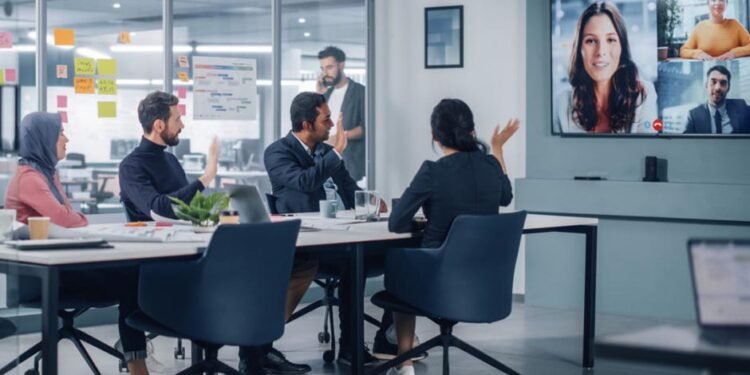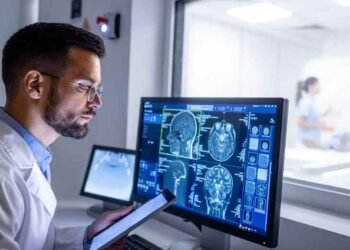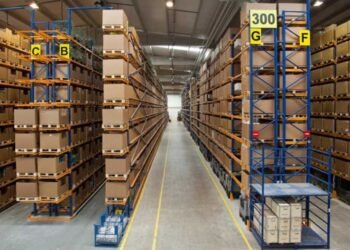Over the past decade technology has played a huge role in the transformation of office design. As businesses see a return of employees commuting to the office to work, it’s increasingly more important that they invest in the technology to create a comfortable environment that fosters productivity and focus.
Employee Comfort
Internet of Things (IoT) enabled office furniture is the future for office chairs and desks as it offers personalised adjustments that prioritise employee comfort. Smart chairs and desks are growing in popularity due to their ability to foster a more productive and efficient workplace. In particular, IoT technology can be used in office chairs and desks to closely track posture and offer better seating adjustments to ensure that employee health is maintained. These ergonomic design features are a key component needed in offices, as they ensure that employees aren’t placing strain on their muscles, which can result in serious injuries overtime.
Sustainable technological enhancements
Alongside the rise of environmentally conscious practices, sustainable technology has become an essential element of office design. Not only does a sustainable office benefit the environment but it also aids employee wellbeing and shows that a company is committed to their corporate social responsibilities.
Smart Heating, Ventilation and Air Conditioning (HVAC) systems are highly advanced from traditional HVAC systems as they use IoT technology to offer automated temperature control. Offices can benefit from smart HVAC systems as they adjust the temperature by considering characteristics like the outdoor temperature or the amount of occupants in a particular room. This creates the perfect working environment for office workers and ensures maximum productivity.
Similarly, smart lighting systems use sensors to create automated lighting, this can help employees remain energised throughout the day and improve focus. These lighting systems turn off automatically when not needed which helps to enhance energy efficiency and reduce energy consumption.
Fostering Communication and Collaboration
Technology is integral for fostering efficient and effective communication and collaboration within the workplace. The integration of unified technological platforms is essential in offering instant messaging services, easy file sharing and the ability to track work effectively. These features facilitate coherent and effective communication between employees and ensure that teams can collaborate from any location.
In addition, the implementation of high-speed internet is a crucial component for offices within the digital world. High-speed internet facilitates easy and high-quality video conferencing, which is extremely crucial to business development within the modern world. The increase of remote working means more in-office meetings are done virtually, so it is crucial that offices are built with the infrastructure to ensure these meetings run smoothly.
Summary
Following the recent increase of employees commuting back to in-office working it’s crucial that businesses focus on improving their office design to offer the best surroundings for their employees. Technology offers huge advancements for office design by enabling employee wellbeing, offering sustainable energy saving solutions and fostering innovative communication and collaboration.












